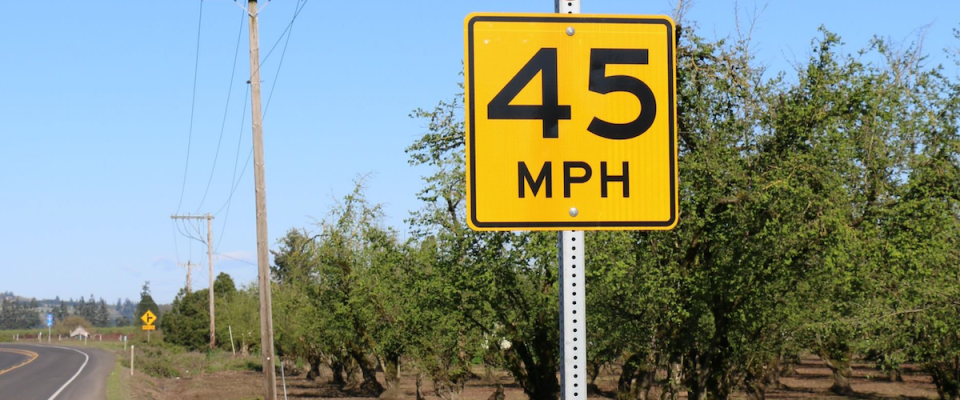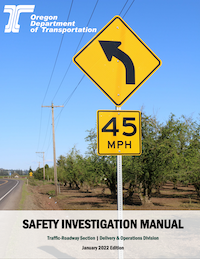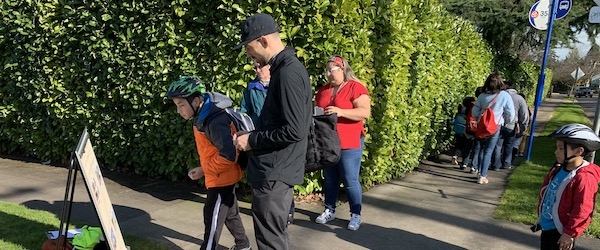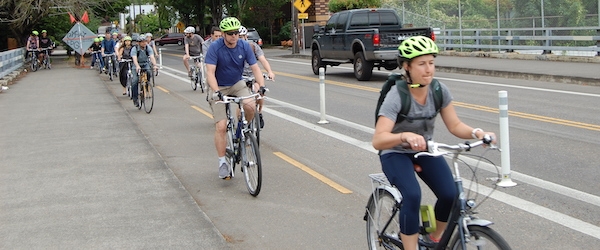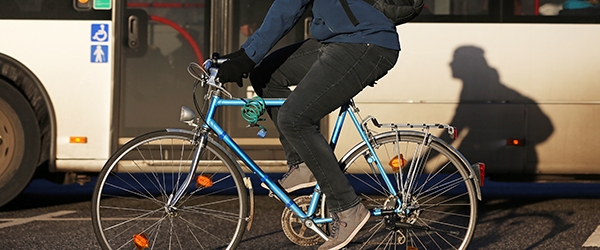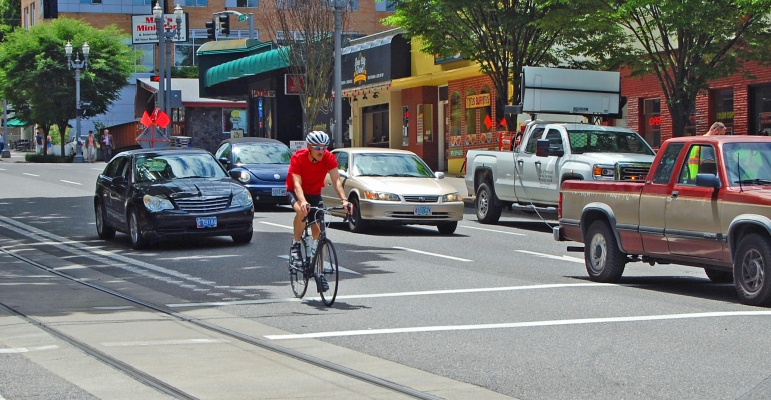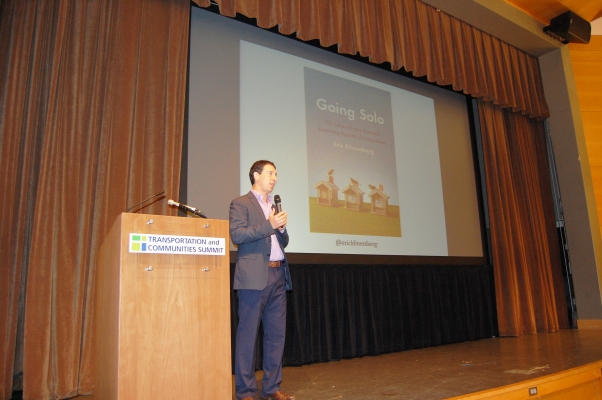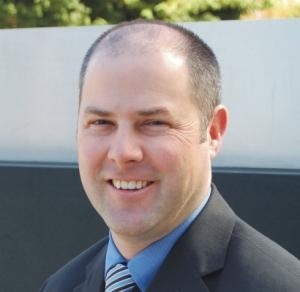In 2022, a PSU Master of Urban and Regional Planning (MURP) team made headlines with their strategies to improve safety for houseless pedestrians. Cities across the U.S. are facing alarming increases in traffic fatalities, especially among the number of pedestrians who are struck and killed by drivers. In 2021, 70 percent of all pedestrian fatalities in Portland were of people experiencing houselessness. The MURP team Street Perspective, made up of Peter Domine, Nick Meusch, Asif Haque, Angie Martínez, Sean Doyle, and Meisha Whyte, investigated how to reduce the risk of being hit and killed specifically for unhoused people.
As the Portland Bureau of Transportation (PBOT) is updating the city's Vision Zero Plan, the team provided PBOT with recommendations to reduce the risk of pedestrian fatalities among the city's vulnerable houseless communities.
Read more

